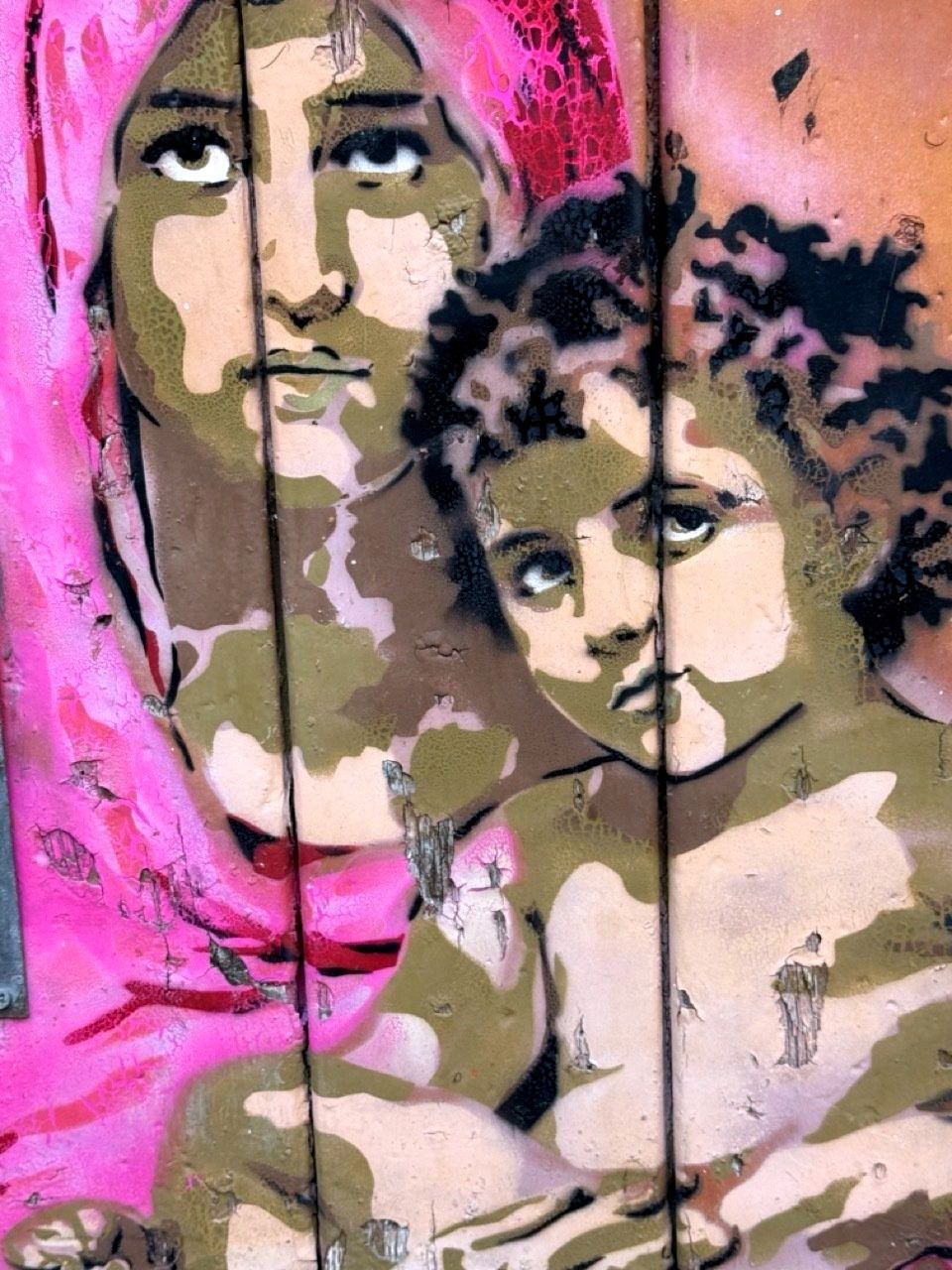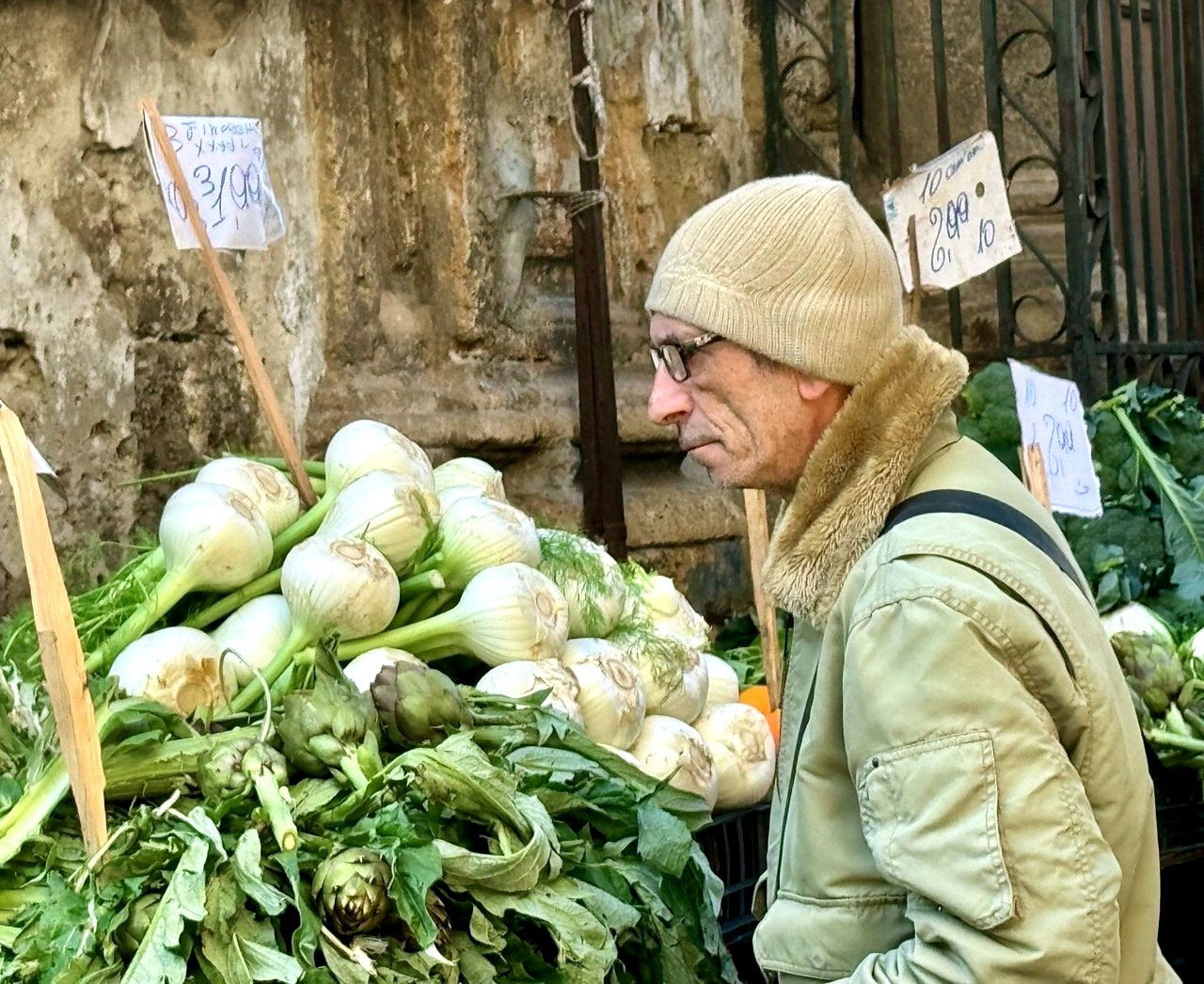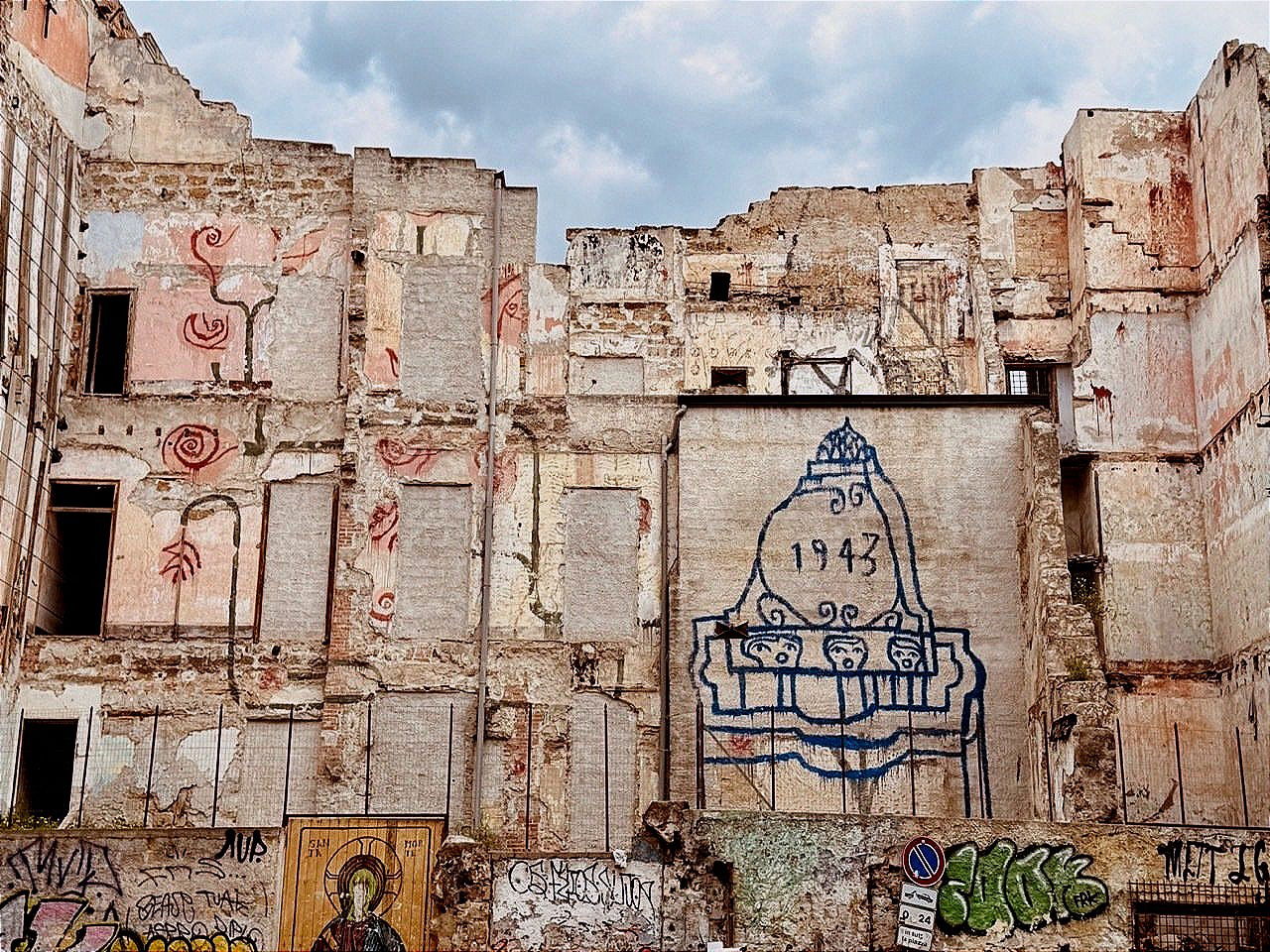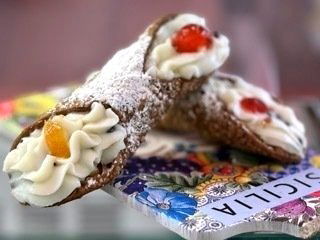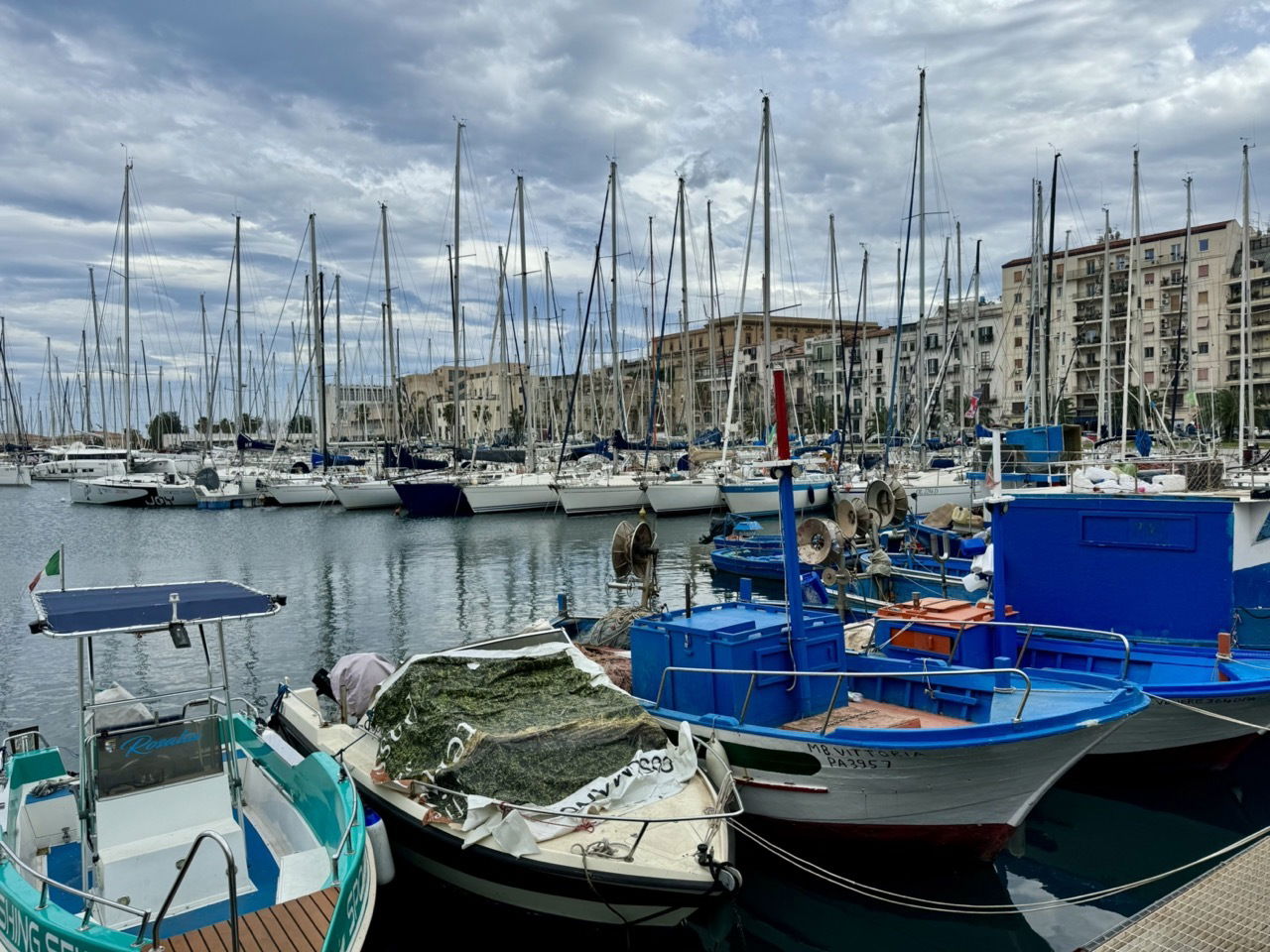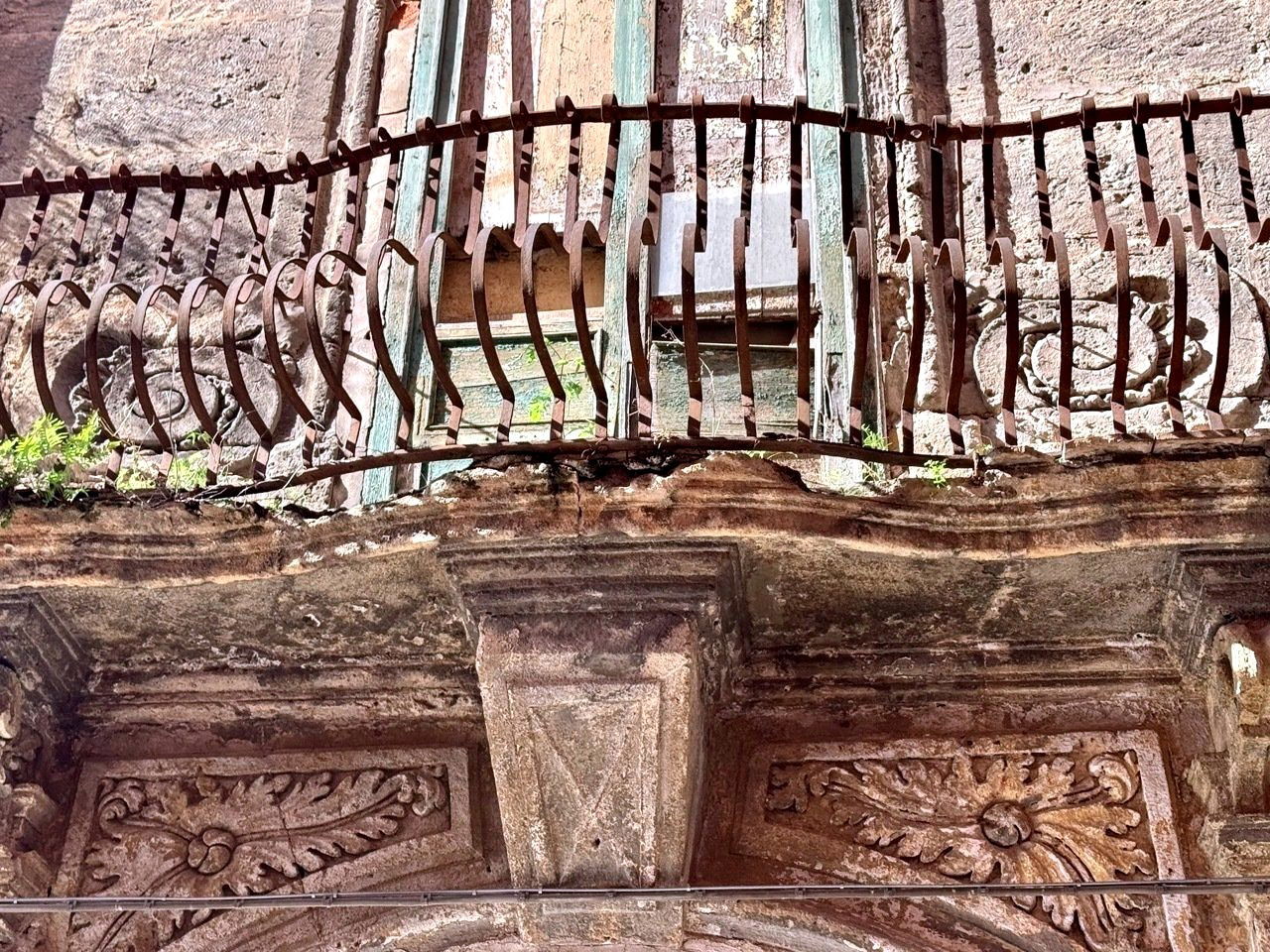Italy, Sicily, Palermo— Cinderella Navigating Neglect and Challenges
Hello, those reading my blogs will know I'm all about unfiltered exploration in my travels!
Departing the Madonie mountains in Sicily, I made my way to Palermo, nestled in the northwest of the island by the Gulf of Palermo in the Tyrrhenian Sea.
Palermo! Upon arrival, the vibe of this city hit me differently. I made a snap decision to not focus on the grand monuments – they've been talked about in several other travel blogs anyway. I will tick all this off, but I want to know what this city is about.
Let's rewind to the wild '80s in Palermo – the rise of the Corleonesi clan, led by the big boss Toto Riina, the heavyweight of the Sicilian Mafia, aka Cosa Nostra or "Our Thing." The city underwent a stormy period known as the "Second Mafia War" (1981-1983), marked by violence and terrorism targeting buildings, monuments, and infrastructure.
Now, let's fast forward to my Palermo expedition. After a two-and-a-half-hour ride from sleepy Gangi in the Madonie area, I found myself in this bustling port city, snug between mountains and the sea. Enthusiastically hopping off the bus, I, a wanderer who seldom indulges in five-star stays, opted for a B&B in the heart of Ballarò, Palermo's largest market. This B&B was a gem with windows that let in the glorious Sicilian sunshine – a luxury not experienced since my African escapades. Every morning, the sounds from the market, raw and alive, woke me up. Looking through my window, I could see, hear, and smell the market vibe. But let's talk real – Palermo isn't just sunshine and markets. It's got its share of shadows, too.
Palermo finds itself caught between historical challenges and contemporary issues, with optimistic rumors suggesting a dynamic process of renewal and revitalization. I've encountered extremely neglected architecture and a noticeable lack of maintenance. Unattended public spaces show signs of neglect, contributing to an overall sense of disrepair. Graffiti and street art, while expressive, also hint at a lack of control over public aesthetics, adding to an atmosphere of urban decay. Apparently, there are efforts underway to address neglect and improve infrastructure, aiming to restore the city's charm and preserve its architectural and cultural heritage. But is it not too late to preserve its heritage? This is only one of the problems.
Crime and an illegal immigration saga add layers to the city's vibrant facade. Signs of resource strain are evident. The center of Palermo is experiencing neglect and change. My lovely host Yuliet compared Palermo to Cuba. This raised questions about social integration challenges, language barriers, cultural differences, and discrimination. Wall art and graffiti always tell a story.
Palermo became more than just a pitstop. I discovered a city grappling with its past while navigating the challenges of the present. Authenticity thrives, not just in grand landmarks but in mundane moments and gritty truths. I leave with unanswered questions lingering in my head: I hope the inhabitants of Palermo will find that crucial balance between humanitarian considerations and the concerns of the host population. There is a perception that immigration laws are not effectively enforced, leading to concerns about security or fairness. Is it true? Is this "newly" formed cultural diversity a positive development? Some may feel that rapid demographic changes challenge cultural norms and social cohesion. Does Palermo still have a national identity?
After five days, I had to escape... I am now in Sardinia, but I will return to Sicily, eager to delve deeper into the untold stories of its captivating cities.
